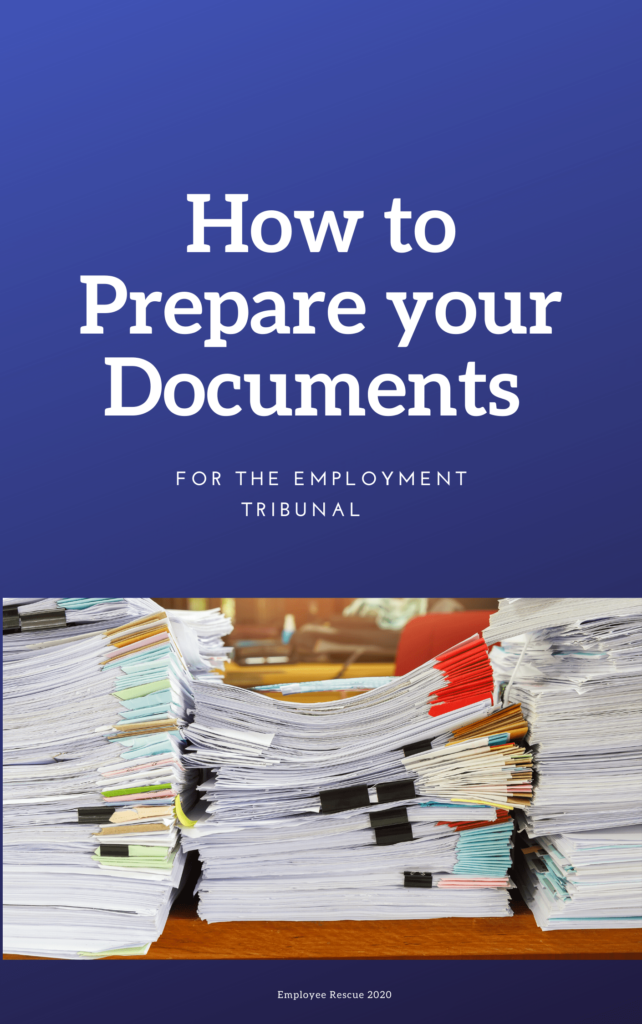Introduction
Applying to European universities is an exciting journey that can lead to significant academic and personal growth. However, the process can be intricate and demands careful planning and organization. This guide outlines the essential steps to help you navigate the application process to European universities effectively.

1. Research Your Options
The first step in the application process is to thoroughly research your options. Begin by identifying universities and programs that align with your academic interests and career goals. Consider the following factors during your research:
- Location: Decide on a country or city that suits your preferences and lifestyle.
- Language of Instruction: Check if the program is offered in a language you are proficient in or if you need to meet language requirements.
- Tuition Fees and Cost of Living: Evaluate the cost of studying and living in your chosen location to ensure it fits within your budget.
- Program Curriculum and Reputation: Look into the course content, faculty expertise, and the university’s overall reputation in your field of interest.
2. Check Admission Requirements
Each university and program has specific admission requirements. Carefully review these criteria to ensure you meet all the necessary qualifications. Common requirements include:
- Academic Qualifications: Ensure you have the required educational background and grades.
- Language Proficiency: Many programs require proof of language proficiency, such as TOEFL or IELTS scores for English-taught programs.
- Standardized Tests: Some programs may require standardized test scores like the GRE or GMAT.
- Additional Criteria: Check for any additional requirements, such as work experience, portfolios, or interviews.
3. Prepare Your Documents
Once you understand the admission requirements, start preparing the necessary documents. Common documents include:
- Transcripts: Obtain official transcripts from your previous educational institutions.
- Letters of Recommendation: Secure letters from professors, employers, or other relevant individuals who can vouch for your academic and personal qualifications.
- Statement of Purpose: Write a compelling statement that outlines your academic and career goals, and explains why you want to study at the chosen university.
- Proof of Language Proficiency: Provide language test scores or proof of previous education in the language of instruction.
- Additional Documents: Some programs may require a resume, portfolio, or other specific documents.
Ensure that all documents are translated into the required language if necessary, and verify if they need to be certified or notarized.

4. Submit Your Application
Most European universities use online application portals. Follow these steps to submit your application:
- Complete the Application Form: Fill out the online application form with accurate information.
- Upload Documents: Upload all required documents as specified by the university.
- Pay Application Fees: Some universities may charge an application fee. Ensure you pay this fee before the deadline.
- Adhere to Deadlines: Pay close attention to application deadlines and submit all materials on time to avoid any complications.
5. Apply for a Visa
Upon receiving an offer of admission, you need to apply for a student visa for the country where you will be studying. Follow these steps:
- Check Visa Requirements: Review the specific visa requirements for your destination country. Requirements vary by country and may include proof of acceptance, financial stability, and health insurance.
- Gather Necessary Documents: Prepare all required documents for the visa application, such as your passport, admission letter, proof of financial resources, and any additional documents requested by the embassy or consulate.
- Submit Your Visa Application: Apply for your student visa well in advance to allow for processing time. Schedule an appointment if needed and attend the visa interview.

Conclusion
While applying to European universities can be complex, careful planning and attention to detail will help you navigate the process successfully. By researching your options, understanding admission requirements, preparing your documents, submitting your application correctly, and applying for a student visa, you set yourself up for a smooth and rewarding experience. Start early, stay organized, and seek guidance if needed to make your application journey as efficient and successful as possible.



